Black pepper - what is this plant and how to grow it?
Black pepper is a well-known spice. It is used for cooking and in folk medicine. Its roots go back to the Pepper family. India is considered its homeland of growth, and it came to Europe and Asia thanks to navigators. You need to know how to properly grow and assemble the product yourself, before planting.
Content:
- Features of the structure of the plant
- Reproduction methods
- Landing: timing and rules
- Care Tips
- Diseases and pests
- Application
- Useful and harmful properties
- Collection, procurement and storage
Features of the structure of the plant
Pepper is a perennial that climbs trees:
- Its trunk is semi-stiff, has aerial roots located at the joints and nodes of the trunk. Its length is quite large - it grows up to 11-12 m in length, it can completely entwine a small tree.
- The foliage of the plant does not differ in an exclusive structure - they are simple, leathery, and grow in the shape of an egg.
- The inflorescences cannot boast of lush volumes - they are small, white or yellowish-gray. Flowers are collected in sloppy loose bundles, elongated up to 10 cm in length.
- After flowering, a fruit is formed that resembles a round shape. Each drupe is more than 5 mm in diameter, green in color. When it reaches maturity, they turn red, and after drying, they turn black.
If the fruits are harvested unripe, then after drying in a specific way, they turn black, such as we are used to seeing them in the kitchen. Having collected ripe drupes, a completely different spice is obtained - white pepper.
Black pepper has a very aromatic and pungent aroma, which gives it an edge over other spicy crops.
In addition, no one can overcome its taste. It is considered to be the sharpest. White is inferior to black pepper, both in taste and in smell.
Reproduction methods
You can successfully grow black pepper at home. For this process, you only need desire and capabilities. Pepper multiplies in several ways:
- Seeds... For planting with seeds, large specimens are selected from black peppercorns purchased on the market. They are soaked for 24 hours in warm water, after which they are planted in a pot prepared in advance. After the plant releases the first true leaf, it gets stronger and should be completely rooted dive into a larger pot.
- Layers. When propagating by layering, recumbent long branches are buried in earth. In addition, so that the branch does not rise, it is pinned to the surface of the ground with special skewers that fix the trunk. In warm weather, sufficient watering, the young sprout quickly takes root. It remains only after firm rooting to cut the trunk, which is connected to the mother bush. After that, you can transplant to a new place of residence.
- Cuttings... Dividing by cuttings is somewhat problematic and requires little effort for good rooting.To do this, young branches are cut from the mother tree, which contain 1-2 living buds. They are buried in the ground, reproducing greenhouse conditions. The temperature for comfortable germination of the first roots should be at least +26 C. Rooting duration - 21 days. When it is found that the sprout has grown and began to release young leaves, the shrub can be moved to a permanent place of residence.
- By division. The bush is divided during transplantation. A detachable young cut should have a well-developed root system and several buds, which will subsequently grow actively.
Thus, if you wish, you can experiment and try to plant black pepper in different ways. The main feature of home planting is the confidence that the product is made by one's own hands and is completely environmentally friendly, unprocessed.
Landing: timing and rules
The best time for planting is the summer months. The first timid sprouts will appear only after a month. The required temperature for germination of cuttings should not drop below +25 .. + 30 C.
For planting, it is recommended to pre-prepare the soil into which the young seedling will take root. To do this, take the following substrate, consisting of:
- Leafy land
- River sand
- Turf
The components are mixed in a ratio of parts 1: 0.5: 0.5. It is such a soil that is suitable for planting seeds or cuttings cut from wood. For planting the formed seedlings in open ground, you need to prepare thoroughly. The soil begins to be cultivated 12 months before the start of planting work. 5 kg is applied to the soil organic fertilizers per 1 m2. In the fall, an additional 50 g is added. phosphorus and potassium. All the earth is carefully dug up to the depth of the shovel bayonet.
In the spring, 40 grams are scattered on the prepared area. nitrate (ammonium). 1 week before the start of planting work is required disinfect soil substrate, thoroughly spilling it with potassium permanganate, in a weak solution. This procedure will eliminate all pests and diseases of fungal origin.
Finished seedlings are placed in open ground in late May - early June.
The distance between the seedlings is maintained according to the scheme of 40x40 cm. When planting in the hole, it is not worth overly deepening the seedling. It is forbidden to leave the roots open, but also to deepen it excessively, so that it is not necessary to completely cover the root trunk. Pepper is not a fan of cold soil, so it is recommended to raise the seedlings above the perimeter of the plot by 25-50 cm. This will allow the roots to warm up well, which will provoke abundant flowering and, as a result, a rich harvest.
Care Tips
In order for the plant to quickly gain strength, bloom magnificently and develop well, you need to provide quality care. You will only need to periodically water, apply top dressing, weed and tie up as it grows.
If a decision is made to grow a shrub in decorative conditions in a pot, on a windowsill, then:
- The shrub should be planted on a west or east window. The southern window sill is too sunshine, and black pepper requires a little shading.
- For active growth and development, it is required to maintain the temperature in the room not lower than +25 C and not higher than +28 C. In the winter months, you should not reduce the degrees in the room below +16 C. Otherwise, the plant will get sick and die.
- In the summer, careful watering is required as needed. Water must be taken soft, settled. In September, irrigation gradually decreases, and in winter it is almost completely eliminated. This is required for the bush to retire.
- The humidity in the room must be increased. If this indicator drops sharply, then the pepper begins to hurt.
- After the second full-fledged leaf has formed, you can make the first top dressing.For this purpose, potash fertilizer (1 g), ammonium nitrate (0.5 g) and superphosphate (3 g) are mixed in a bucket of water (10 liters). The second feeding is carried out after the initial one, exactly after 14 days. No top dressing is required during the autumn and winter months.
Thus, no specific care for the young plant is required. The main thing is to control its general condition and prevent the soil from drying out.
Diseases and pests
Black pepper is a delicate plant. Therefore, the emerging disease or invasion of parasitic insects can significantly harm the young seedling. The following types of shrub diseases are distinguished:
- Phytoplasmosis - the disease begins with the upper leaves, they turn yellow and curl upward, then completely dry up and fall off. The disease is spread by pests. Diseased specimens are destroyed.
- Late blight is a fungal disease. It is characterized by the appearance of brown spots, which later transform into weeping wounds on the surface of the plant. To fight, you should remove the bush and completely disinfect the soil.
- Blackleg is a fungal disease. It manifests itself in the initial stages of development of a young seedling. To combat, soil should be shed before planting. During cultivation, control soil moisture, do not overmoisten.
- Bronze - caused by a virus carried by thrips. In case of illness, the foliage is painted in a bronze tint, after which brown stripes appear on the foliage. For treatment, you need to treat with chemicals that protect the plant from vector pests.
Also, when pests appear, they should be urgently eliminated from the bush. They can cause tremendous damage to the plant, which will provoke the death of all pepper. They like to settle on black pepper aphid, spider mite, thrips, whitefly. They should be influenced insecticides... Otherwise, their numbers will rapidly increase, completely filling the entire plant.
Application
Black pepper is the most common spice in all cuisines of the world. In cooking, peppers are used in various forms to prepare chic delicacies and simple dishes - in the form of whole fragrant peas, in the form of ground powder, and also in combination with other spices.
A distinctive feature of young pepper is that it has a richer aroma. But if kept in a closed plastic or glass jar, it will completely fizzle out, giving off all of its scent.
Black peas and ground powder are a versatile seasoning.
It is used for the preparation of various soups, meat dishes, marinades, for salting, as a brine. It is often added to various salads, it is seasoned with minced meat, complementing sausage and other sausages with a fragrant smell.
Also important is the use of black pepper in medicine. It is effectively used for the treatment of bronchitis, sore throat, and also eliminates the delay in monthly menstrual flow.
Many people have experienced an effective effect on themselves, taking black pepper for sciatica, osteochondrosis, aches and paralysis. In addition, pepper-based medicines are used in cosmetology to strengthen the structure and root system of the hair.
Useful and harmful properties
Black pepper has many positive qualities and properties. The following beneficial effects on the human body are distinguished:
- Pain reliever.
- Increases protective function.
- Bactericidal.
- Anti-inflammatory.
- Anthelminthic.
- Diuretic action.
- Expectorant.
- Increasing resistance to stressful situations.
- Normalizes the work of the digestive organs.
- Normalizes the functioning of the cardiovascular system.
- Restores normal breathing and promotes rapid recovery from respiratory diseases ..
It should be noted that the aromatic smell and specific taste contribute to an increase in a person's appetite.At the same time, there is a decrease in the predisposition to flatulence, and metabolism is stimulated. The effect on blood pressure has a positive effect, it is normalized. The constant consumption of black peppercorns has a beneficial effect on plasma, stimulating its liquefaction.
It is not recommended to use the product in case of anemia, as well as in case of acute inflammatory process of the bladder disease.
The influence of pepper after operations on the intestines and stomach has a negative effect. Before using it, it is better to know the contraindications so that the beneficial properties do not turn into serious deterioration for the body.
Collection, procurement and storage
Harvesting the first crop is allowed only after the first year of life. Small green peas are formed on young twigs. When allowed to ripen, they take on a reddish tint. When picking green peppers, leave it in the sun, but so that the product is well ventilated. In a few days, the polka dots will acquire an acceptable black color.
The shelf life of black pepper fruit is determined by its smell.
The brighter the aroma, the fresher the product. Ground powder is not stored for a long time, therefore, it is recommended to purchase a spice in small quantities, so that later the excess, rotten is not thrown away.
Thus, black pepper is used not only for culinary delights, but also in medicine and even cosmetology. But to use a natural product, it must be grown on its own using some rules.
More information can be found in the video:



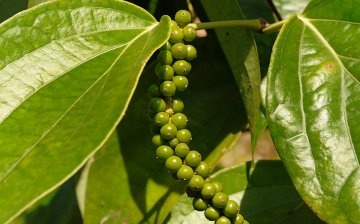

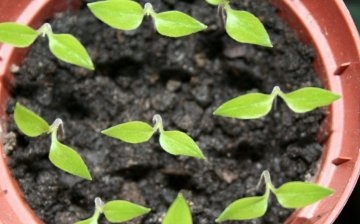
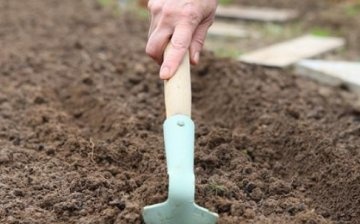

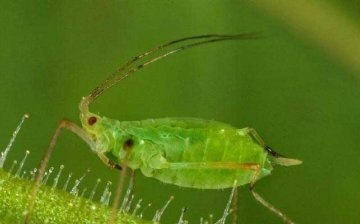

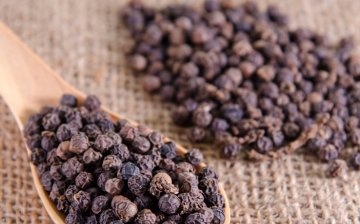
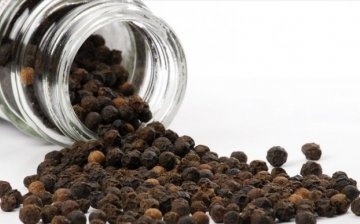










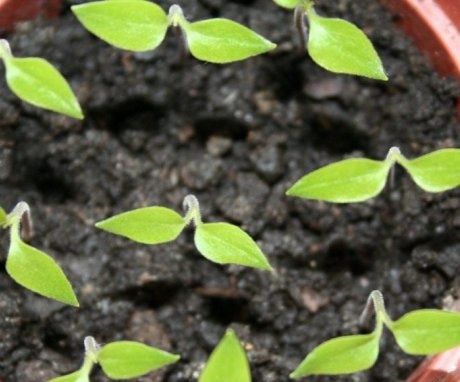
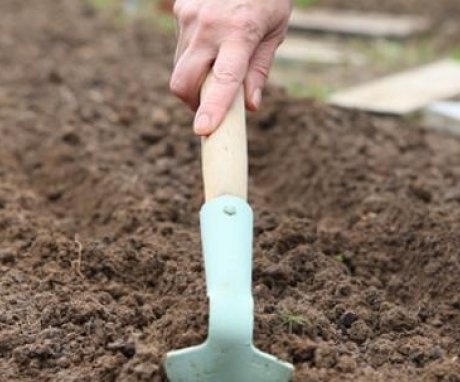

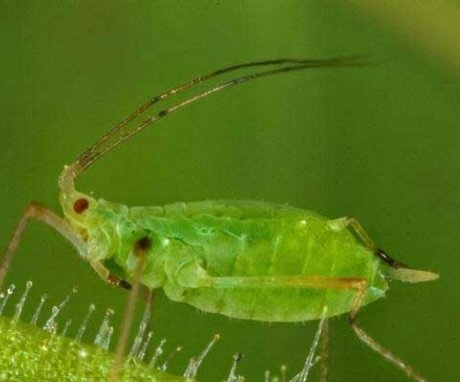
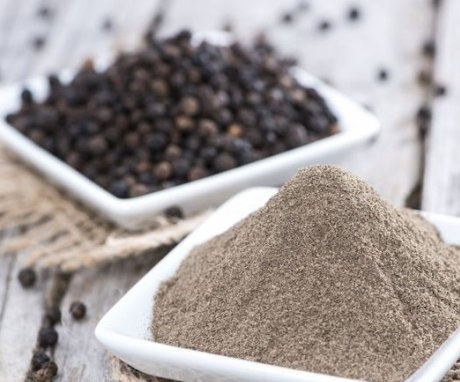

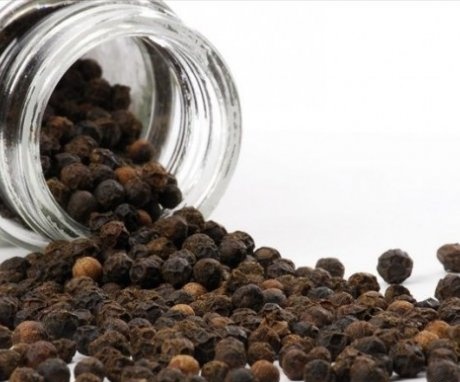
I never thought about how black pepper grows, but now I would be interested to grow it at home. Judging by the materials of the article, it is possible to do this. The only thing that confuses is to ensure optimal air humidity.
It seems to me that growing pepper at home is not such a laborious business. And to control humidity, you can put an ozonizer. My windows face southeast, so I want to try.
If black pepper is dried unripe fruits, then how will it germinate? Maybe you need to take white pepper? After all, he is already fully ripe. Peppers can be planted on the site, near trees in several places, or you can install trellises for it.